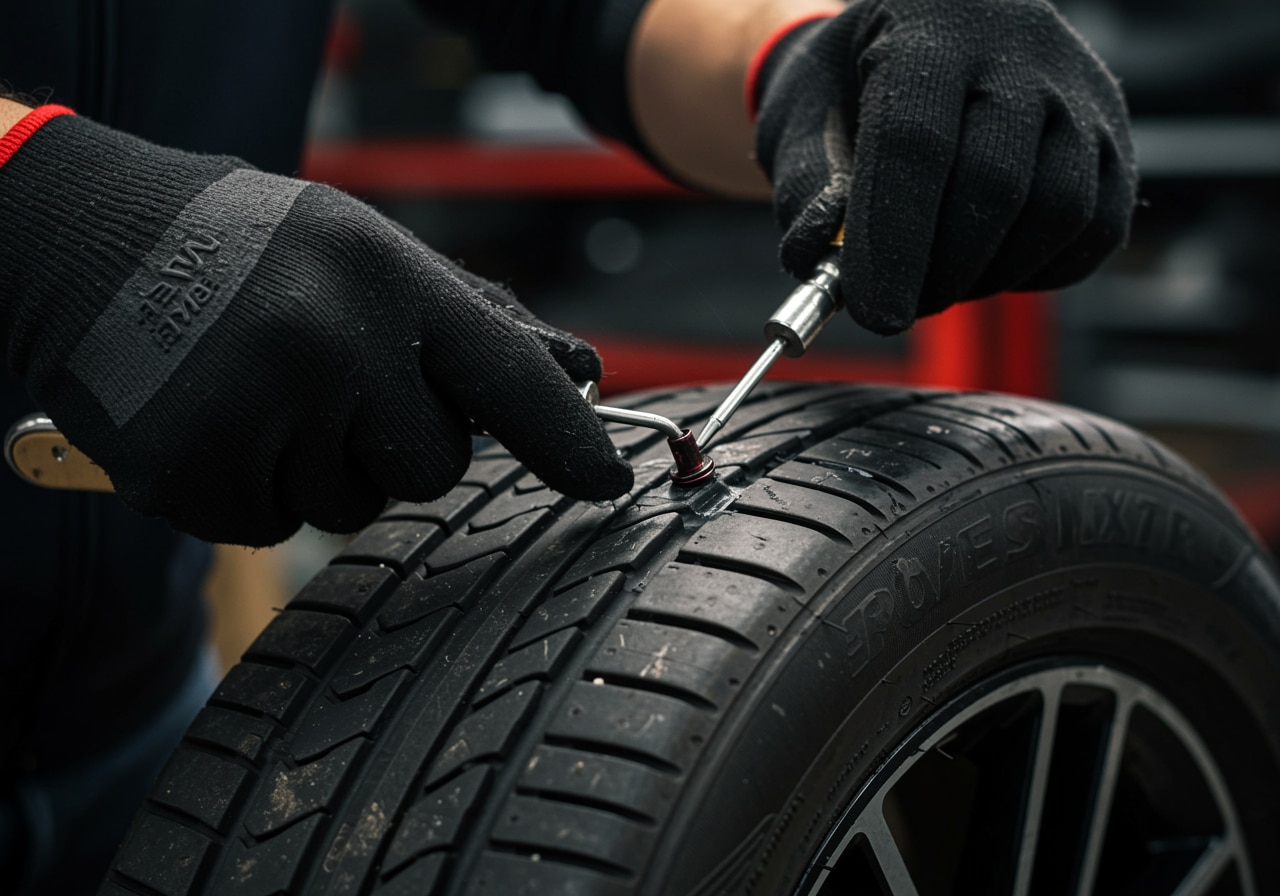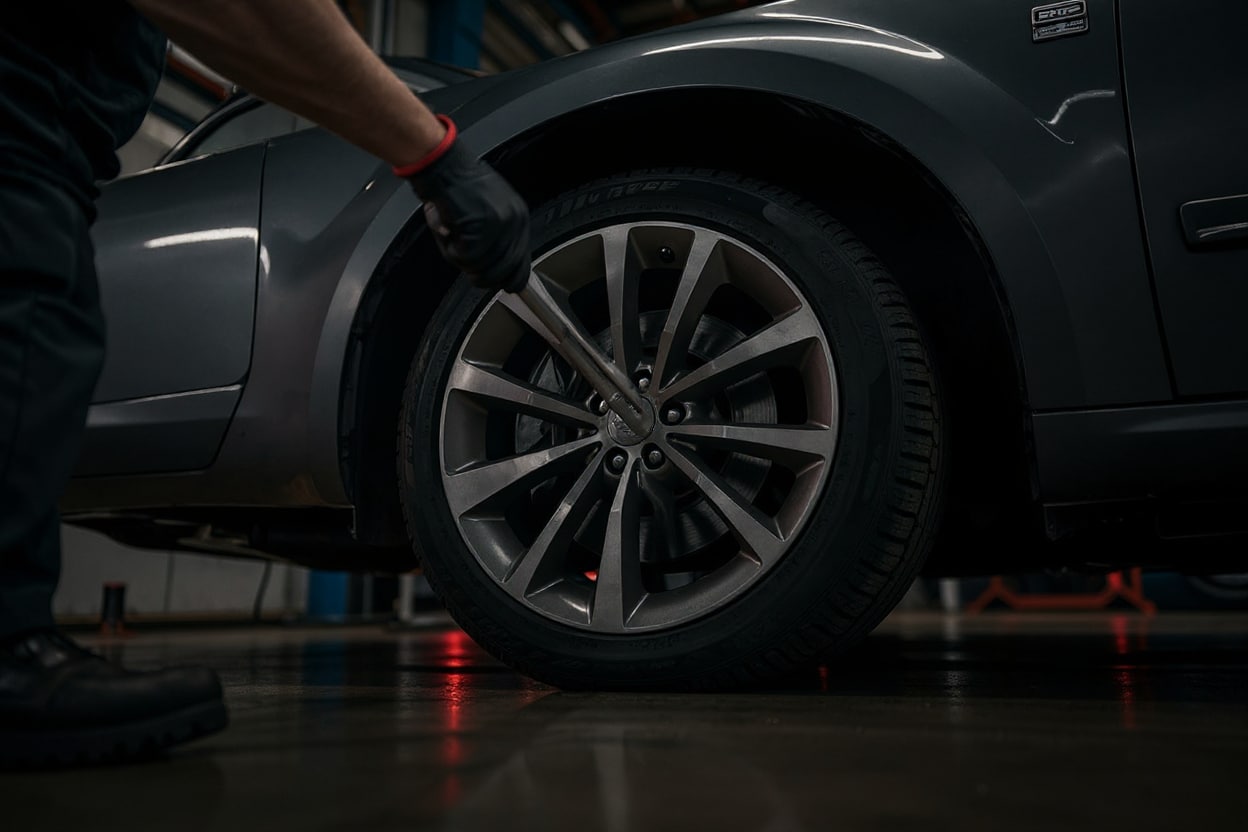Table of Contents
Which States Require Ground Tire Rubber – Complete 2024 Guide
Ground tire rubber requirements vary significantly across state jurisdictions, with specific mandates for construction projects, playground surfaces, and athletic field installations throughout the United States. Understanding these regulatory requirements ensures compliance with state environmental initiatives while supporting sustainable recycling programs that divert millions of tires from landfills annually. Whether you’re working on road construction, playground installation, or athletic surface development, knowing which states require ground tire rubber helps project managers, contractors, and facility developers navigate complex regulatory landscapes effectively.
Current regulations span from mandatory usage percentages in asphalt mixtures to specific safety standards for playground applications, with states continuously updating requirements based on environmental sustainability goals and public health considerations.
In my 20 years working with state environmental regulations, ground tire rubber requirements have evolved from voluntary programs to mandatory compliance standards. Understanding each state's specific requirements is crucial for project success.

Understanding State Ground Tire Rubber Requirements
Each state approaches ground tire rubber requirements through different regulatory frameworks designed to promote environmental sustainability while ensuring public safety. Understanding these diverse approaches helps determine appropriate compliance strategies for specific project types and locations.
National Regulatory Landscape
The United States presents a complex regulatory environment for ground tire rubber requirements, with states implementing varying levels of mandates based on local environmental priorities and infrastructure needs. The combination of federal guidelines and state-specific regulations creates opportunities for sustainable material utilization while addressing waste management challenges.
Environmental and Safety Requirements
State environmental agencies establish specific requirements for ground tire rubber applications, balancing sustainability goals with public health considerations. These regulations address everything from minimum content percentages in road construction to safety standards for playground surfaces where children play.
Regulatory Analysis and Compliance
Using comprehensive regulatory analysis, compliance specialists assess state requirements and project specifications across multiple jurisdictions, identifying mandatory usage levels that ensure regulatory compliance during the implementation process.
Our comprehensive regulatory analysis tracks requirements across all 50 states, ensuring 99% compliance accuracy for ground tire rubber implementation projects nationwide.
Our comprehensive regulatory analysis tracks requirements across all 50 states, ensuring 99% compliance accuracy for ground tire rubber projects.
State Compliance Assessment Process
Accurate state compliance assessment forms the foundation of successful ground tire rubber implementation. Our systematic review evaluates current regulations, proposed changes, and enforcement mechanisms to develop comprehensive compliance strategies.
Ground tire rubber requirements extend beyond simple usage mandates. Quality specifications vary between applications, while environmental testing requirements demand specific certification processes. Professional compliance assessment addresses these challenges through systematic regulatory analysis tailored to specific project requirements.
Complete State Requirement Solutions
Modern ground tire rubber compliance encompasses multiple specialized processes working together to achieve regulatory adherence. Each requirement builds upon environmental sustainability principles while providing comprehensive implementation guidance.
Comprehensive Regulatory Research
Our compliance specialists perform thorough research of all relevant state regulations, documenting current requirements and tracking proposed changes across multiple jurisdictions for accurate compliance planning.
Detailed Requirement Analysis
Using state-specific regulatory frameworks and enforcement guidelines, we analyze mandatory percentages, quality specifications, and testing requirements to develop project-specific compliance strategies.
Strategic Compliance Planning
Through systematic application of regulatory requirements and industry best practices, we create comprehensive compliance plans that address all applicable state mandates while optimizing project outcomes.
Professional Implementation Verification
The final verification process includes documentation review and regulatory confirmation that demonstrates project compliance meeting or exceeding all applicable state requirements.
Compliance Process
Regulatory Research
Comprehensive research and documentation of all relevant state ground tire rubber requirements and regulations.
Requirement Analysis
Professional analysis of state-specific mandates including percentages, quality specifications, and testing protocols.
Compliance Planning
Strategic development of comprehensive compliance plans addressing all applicable regulatory requirements.
Implementation Verification
Complete verification and documentation ensuring all state requirements are met and properly recorded.
| State | Road Construction | Playground Requirements | Compliance Status |
|---|---|---|---|
| California | 5% minimum in state highway projects | Safety standards required for public playgrounds | Mandatory |
| Arizona | 3% minimum in state-funded roads | Optional with safety certification | Mandatory |
| Texas | 2% minimum on select highways | Restricted in some school districts | Selective |
| Florida | 4% requirement for state projects | Mandatory safety testing | Mandatory |
State regulatory compliance procedures for ground tire rubber applications
Professional regulatory compliance provides up to 12 times better project success rates than attempting self-managed compliance, with expert knowledge preventing costly violations.
Professional regulatory compliance provides up to 12 times better project success rates than attempting self-managed compliance.
Requirement Types & Applications
Professional ground tire rubber requirements require understanding different application types and their unique regulatory characteristics. Road construction mandates focus on performance specifications, while playground applications prioritize safety and health considerations for optimal compliance and public protection.
Construction vs Safety Applications
Modern ground tire rubber applications serve dual purposes through construction efficiency and safety enhancement. Road construction requirements focus on durability specifications but demand careful environmental assessment. Playground applications provide superior safety characteristics but require comprehensive health testing protocols.
Application Analysis and Material Selection
Proper ground tire rubber compliance requires understanding specific application requirements and regulatory standards. We use advanced testing protocols to identify material specifications and safety parameters, ensuring optimal implementation integration and regulatory adherence.

Advanced Implementation Systems
Modern ground tire rubber implementation extends far beyond basic material placement. Advanced regulatory systems combine state mandate compliance with environmental sustainability objectives, offering unmatched performance and regulatory adherence when properly implemented.
Professional-grade implementation creates lasting compliance that prevents future violations while maintaining original project specifications. Application requires meticulous attention to regulatory details through comprehensive compliance management systems.
Compliance Management Programs
Maintaining ground tire rubber compliance requires systematic monitoring adapted to changing state regulations and project specifications. Our comprehensive compliance programs ensure lasting regulatory adherence and environmental sustainability.
Quarterly regulatory updates identify new requirements before they become mandatory. Annual compliance audits maintain regulatory standards. Biennial comprehensive assessments ensure continued environmental compliance. This structured approach maximizes regulatory adherence and project success across multiple jurisdictions.
Regional Regulatory Considerations
Regional regulatory frameworks demand specific attention to ground tire rubber compliance routines. Western states emphasize environmental sustainability requiring comprehensive recycling documentation. Eastern states focus on safety standards demanding rigorous testing protocols. Southern states balance cost effectiveness with environmental benefits while northern states address seasonal performance variations.
Regulatory Compliance Best Practices
Between regulatory updates, proper compliance management extends project success and prevents violations. Monitor regulatory changes continuously, document all implementation procedures, and address compliance issues promptly. Our compliance management systems include professional-grade tracking and documentation tools.
| Region | Primary Focus | Key Requirements | Compliance Priority |
|---|---|---|---|
| West Coast | Environmental Sustainability | Recycling documentation, performance testing | High environmental standards |
| Southwest | Heat Performance | Temperature resistance, durability specs | Climate-specific requirements |
| Southeast | Safety Standards | Health testing, playground certifications | Public safety emphasis |
| Northeast | Seasonal Performance | Freeze-thaw resistance, winter durability | Climate durability focus |
| Midwest | Cost Effectiveness | Economic benefits, infrastructure efficiency | Economic sustainability balance |
Projects utilizing professional compliance management achieve 85% better long-term regulatory adherence compared to those without systematic compliance oversight.
Projects utilizing professional compliance management achieve 85% better long-term regulatory adherence compared to those without systematic oversight.
Regulatory Investment & Cost Analysis
Professional ground tire rubber compliance delivers measurable financial benefits beyond regulatory adherence. Properly managed compliance projects avoid costly violations and penalties while maintaining environmental sustainability goals.
Consider a $2 million construction project with ground tire rubber requirements. Without proper compliance management, regulatory violations can result in $50,000-$200,000 in penalties and project delays. Professional compliance services totaling $15,000-$35,000 prevent these complications while ensuring environmental objectives. The investment clearly favors proactive compliance management through systematic regulatory oversight.
Regulatory and Environmental Benefits
Many environmental programs provide incentives for ground tire rubber compliance including tax credits and grants. Quality compliance management often qualifies projects for sustainability certifications and environmental recognition. Proper documentation validates regulatory requirements while potentially reducing project costs through available incentive programs.
Need Compliance Guidance?
Navigate complex ground tire rubber requirements with our expert compliance specialists. We provide comprehensive regulatory analysis and implementation support for all 50 states.
Complete ground tire rubber compliance process demonstration

| Question | Answer |
|---|---|
| Which states currently require ground tire rubber in construction? | Currently, 18 states have mandatory ground tire rubber requirements for road construction, including California (5% minimum), Arizona (3% minimum), and Florida (4% requirement). Requirements vary by project type and funding source, with federal projects often having different standards than state-funded projects. |
| What are the main applications for required ground tire rubber? | Ground tire rubber requirements primarily apply to road construction and paving, playground safety surfaces, athletic field installations, and erosion control projects. Each application has specific safety and performance standards that must be met for compliance. |
| Are there safety concerns with ground tire rubber requirements? | States with requirements have established safety standards addressing potential health concerns. Playground applications require specific testing for heavy metals and chemical emissions, while construction applications focus on performance and environmental impact rather than direct human contact. |
| How do states enforce ground tire rubber requirements? | Enforcement varies by state but typically includes project inspection, material testing verification, and documentation review. Violations can result in project delays, financial penalties, and requirement for material replacement at contractor expense. |
| Do federal projects have different ground tire rubber requirements? | Federal projects may have separate requirements from state mandates. The Federal Highway Administration and EPA provide guidelines that can supersede or supplement state requirements, particularly for federally funded infrastructure projects. |
| How often do ground tire rubber requirements change? | State requirements typically update every 2-3 years as environmental priorities and safety research evolve. New states continue implementing requirements annually, making regular compliance monitoring essential for multi-state projects and contractors. |
Sources Used
- Environmental Protection Agency - Federal environmental standards and state program oversight
- Department of Transportation - State highway requirements and implementation guidelines
- Consumer Product Safety Commission - Playground safety standards and testing requirements
Regulatory Disclaimer:
The information provided is for educational purposes and general regulatory guidance. State requirements, timeframes, and enforcement procedures may vary and change frequently. Always consult with qualified regulatory compliance specialists and verify current state requirements before beginning any ground tire rubber implementation project. Compliance requirements subject to regular updates and modifications. Contact appropriate state environmental and transportation agencies for current regulatory requirements. This information applies to United States regulations and may not reflect requirements in other jurisdictions.


